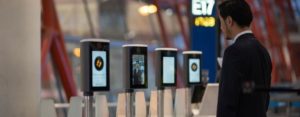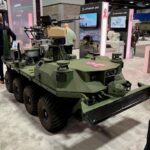
Several years after going all in on using facial recognition technology to verify the identities of persons arriving to and departing from the U.S., Customs and Border Protection has made steady progress in deploying the technology although some areas remain a challenge. Currently, more than 99 percent of travelers entering the U.S. at 205 ports of entry have their identification confirmed through facial comparison technology, Diane Sabatino, deputy executive assistant commissioner for CBP’s Office of Field Operations, said during a…

 By
By 











